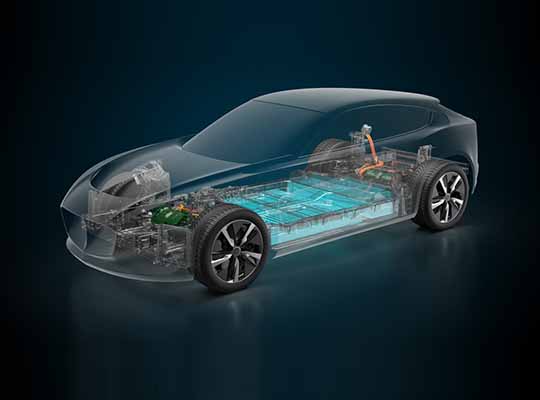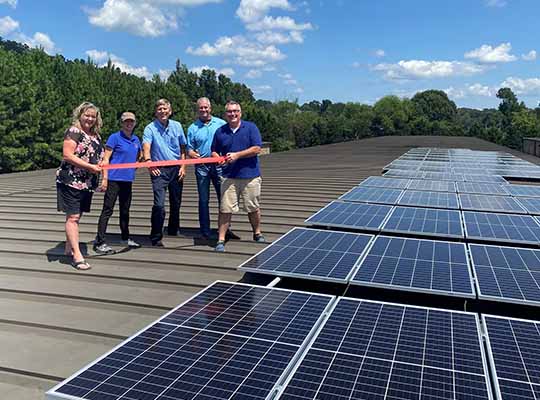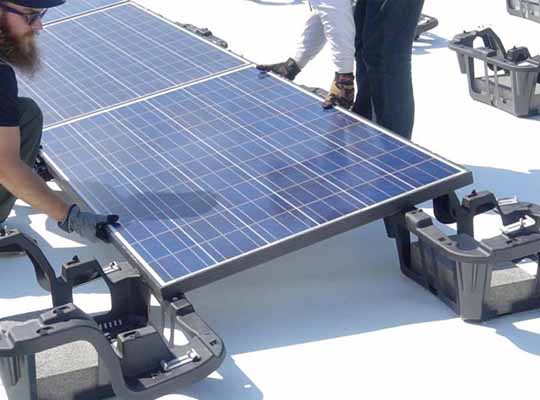Global emissions were around 23 billion metric tons before the turn of the century, currently, they had risen to 36.44 billion metric tons, a new high. Every year, billion tons of greenhouse gases are released into the atmosphere which is trapping heat and raising global temperatures. The only way to avoid all of these severe climate change effects is to stop emitting greenhouse gases before 2050. Every year, we emit 51 billion tons of carbon dioxide into the atmosphere. We must achieve net-zero by 2050, otherwise, this will become the world’s worst calamity. The temperature is expected to rise by 4 degrees Celsius. It poses the greatest danger to humanity. We must take our responsibilities seriously. Transportation, manufacturing, energy, construction and infrastructure development, and agriculture are the five industries that account for 51 billion tons of carbon emissions. Transportation emits the most carbon of these five industries, accounting for 58 percent of total emissions. In India, 995 metric tons of carbon emissions happen each year. To achieve net-zero carbon emissions, we must modify and change our modes of transportation, energy sources, manufacturing alternatives, green agricultural, and construction methods. Two-wheeler vehicles account for 60% of overall vehicle ownership, while two-wheeler vehicles consume 70% of all imported gasoline in India.
In the future, electric vehicles are likely to play a considerably larger part in decarbonizing transportation. With the new and rapidly increasing sales of electric vehicles, reducing carbon emissions from the light-duty vehicle fleet in the near term is extremely difficult. Vehicles and their motions, as well as internal combustion engines, improved human mobility, provided new educational and economic opportunities and facilitated global trade. All of these conveniences and advantages have come at a high cost in terms of climate change. The primary source of greenhouse gas (GHG) emissions is the combustion of fossil fuels in automobiles, trucks, trains, planes, and ships. Emissions from trucks, planes and ships, in addition to cars, are increasing at an even higher rate. The major consequences of climate change must be addressed, and to do so, we must invest in decarbonizing transportation. EV regulations have the potential to change technological and investment decisions in the transportation industry, putting it on a road to net-zero emissions.
Rapid advancements in transportation infrastructure, including electrification, low-GHG liquid fuels, and more efficient travel. One of the most potential options for automobiles that travel shorter distances between refuelling is electrification and a decarbonized grid. Long-distance and off-road applications require low-GHG liquid fuels. Increased transit accessibility is also necessary for a comprehensive transportation decarbonisation strategy. Historic gaps in access to cheap, sustainable mobility options for historically disadvantaged communities can also be addressed through the transportation industry and its conversion to net-zero carbon emissions. Building a massive vehicle infrastructure and investing in it can help cut carbon emissions while also eliminating transit deserts and increasing access to zero- and low-carbon transportation options in all American cities.
EVs still account for less than 5% of the worldwide car fleet, accounting for about 1% of the total. By 2030, battery production for electric vehicles should have increased 19-fold, enabling emissions reductions in line with the 2°C targets; other technologies, such as hydrogen fuel cells, will be required to complement this to reduce carbon emissions in the transportation sector in line with the 1.5°C targets.
By 2040, some 290 million charging outlets should be in place, representing a global expenditure of around $500 billion. To expand charging infrastructure at priority areas, private and public investment plans are required. Expansion of electric vehicle charging infrastructure is a crucial component of the government’s COVID stimulus programs. A global standard is essential to abate emissions across the entire industry to cut carbon emissions and provide reliable solutions. A wide range of interventions is needed to create a circular and long-term battery value chain that ensures electric vehicles are built and run on clean electricity.
The implementation of an industry-wide “Battery Passport” solution as a market-defining intervention and a globally credible definition of sustainable batteries, providing trusted information about the social, environmental, and governance footprints of batteries, as well as a mechanism for gradually reducing adverse impacts across the lifecycle. By 2030, the greenhouse gas impact of batteries might be decreased by half. Many levers exist that might successfully lower battery costs by 20% by 2030, resulting in a 35 percent rise in demand throughout that timeframe.
Large charging infrastructure is simple to set up, and cities may adopt deployment to future mobility corridors, hubs, and demand hotspots that will service a multimodal future. Charging vehicles at strategic city areas, with a focus on shared electric cars or urban delivery vehicles, can improve air quality for a larger number of people while also reducing substantial carbon emissions and advancing electrification of core urban transportation services. Many initiatives are underway to minimize the cost of transitioning to an electric vehicle, and these efforts will tremendously assist taxi, ride-hailing and car-sharing fleets, which have already pledged for being 100 percent electric by 2030.
It is critical to construct charging stations and swapping stations to convert gasoline automobiles to electric vehicles in today’s world. It should begin with B2B. People who use their two-wheelers for business purposes, such as last-mile delivery, create the most pollution because they travel between 100 and 200 kilometres each day. If they convert to electric vehicles, an ecosystem will emerge, including the development of swapping stations, service stations, and charging stations, as well as the availability of spare parts and second and third-generation automobiles. The B2C industry will then transition to electric vehicles as well.












